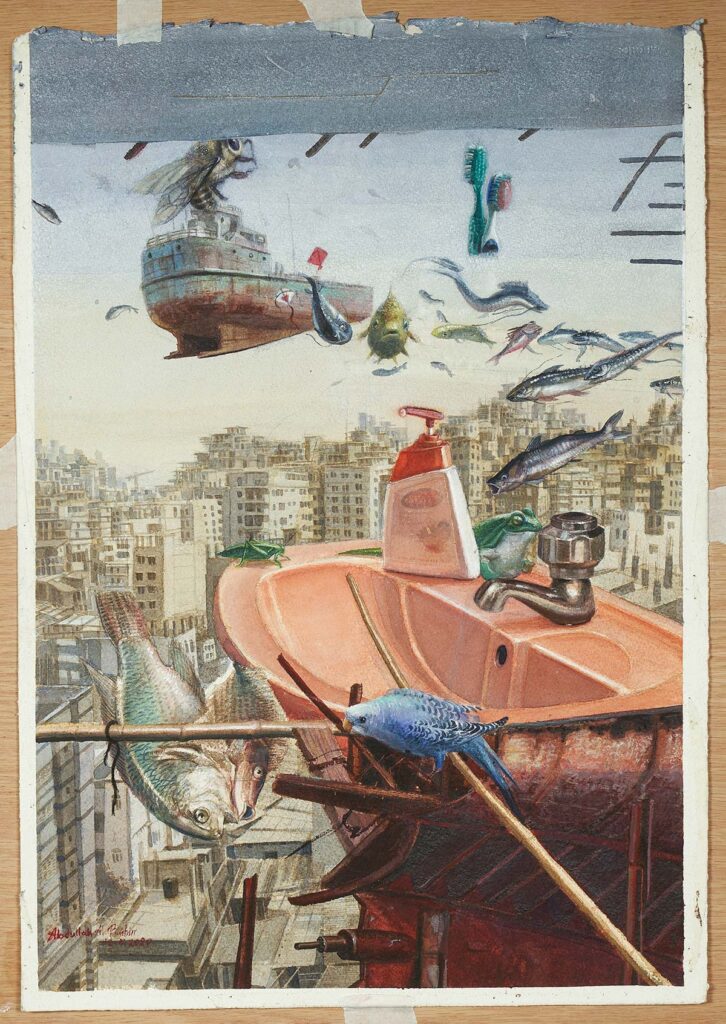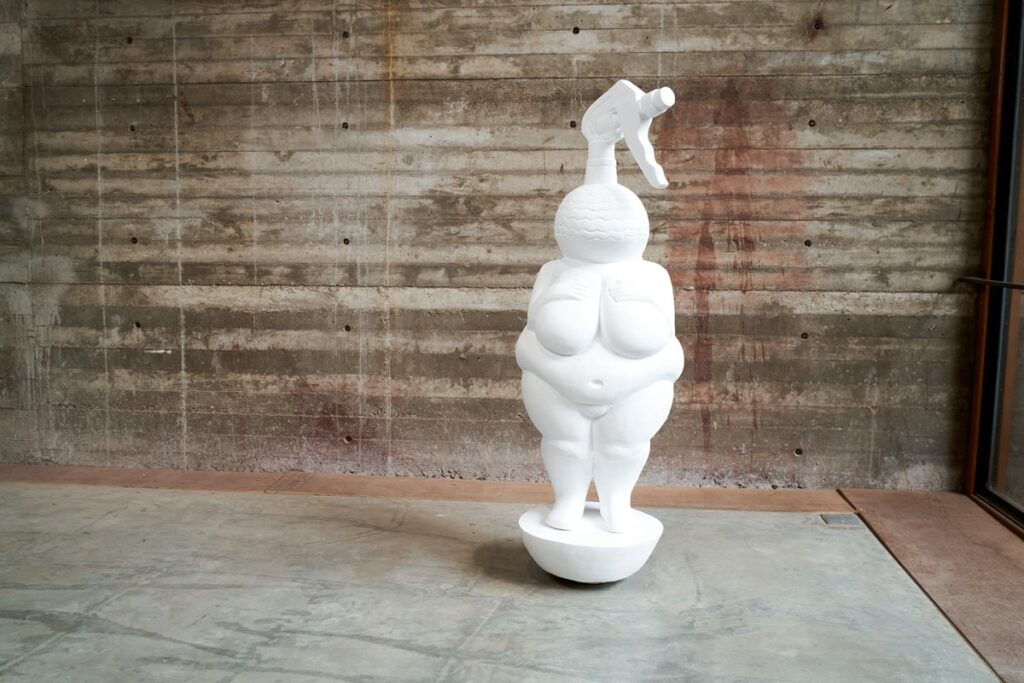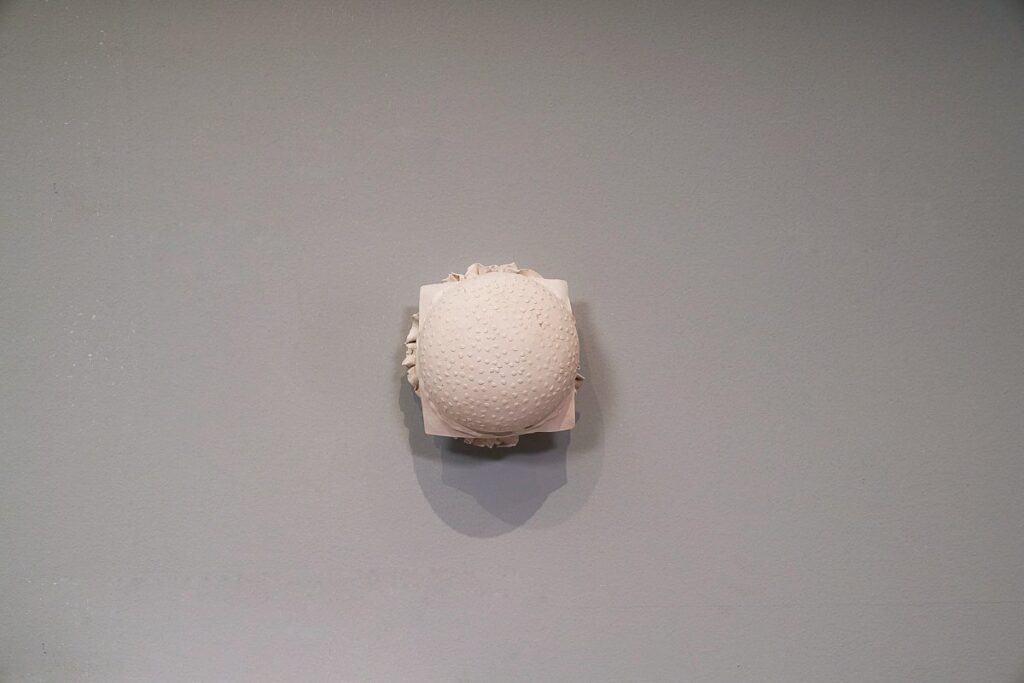Expression amid Pandemic
Since the outbreak of the Coronavirus pandemic, the world of art has shaken up, bringing forth new challenges and consequentially, a shift in our perspectives. Addressing this crisis and utilizing the blessings of technology and social media, Brihatta Foundation had conceptualized the ‘Brihatta Home Art Project 2020’, a virtual residency program, empowering budding artists from various mediums to collaborate and continue creating amid the pandemic. Fifteen artists were selected for this residency as they went through a three-membered Jury Board consisting of artist and retired Professor Alak Roy, arts and Professor Nisar Hossain, and artist Tayeba Begum Lipi. The selected artists were given three mentors: Professor Dhali Al Mamoon, artist Mahbubur Rahman and Assistant Professor Bishwajit Goswami, who led this group of artists through virtual sessions. As the first part of the 5-part feature story, we exhibit the art and ideology of three selected grantees- Abdullah Al Bashir, Aminul Islam Ashik and Ashim Halder Sagor.
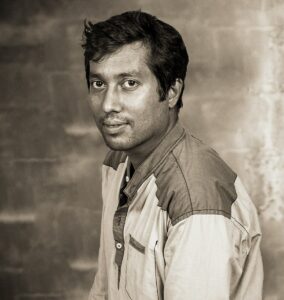
Abdullah Al Bashir
Abdullah Al Bashir is an artist who grew up in the southern part of the country. He was greatly influenced by his childhood memories and surroundings. His artistic journey is an expression of his grief and tears. He sees his work and himself as one entity. Professionally, Bashir is a printmaker; his expertise is woodcut. Due to the pandemic, the artist was not able to work in the studio. Inspired by the old masters of Bangladesh, Shilpacharya Zainul Abedin and Quamrul Hassan, who documented the social crisis of their time through art, Bashir rendered the ongoing pandemic in his artwork. For the three-month residency, he worked on a watercolour composition named “Nightmare,” which speaks about today’s ongoing crisis. Abdullah Al Bashir made allegorical use of his childhood memories spent in an area of noisy iron mills, labourers, and scattered pieces of iron, scrap and collapsed ships in his artworks. He tried to depict his version of the universe, state, and society through the ships which collapsed and needed fixing. Gas cylinders are another object he used in his works.
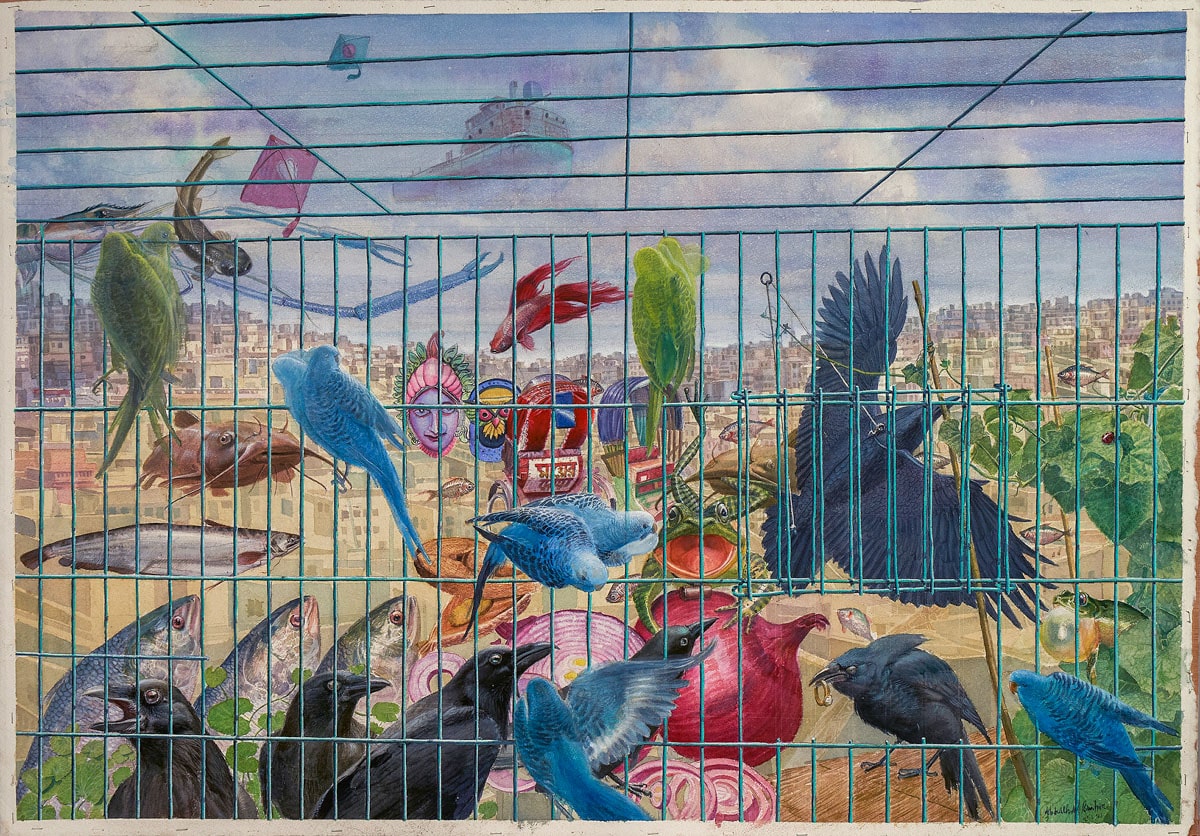
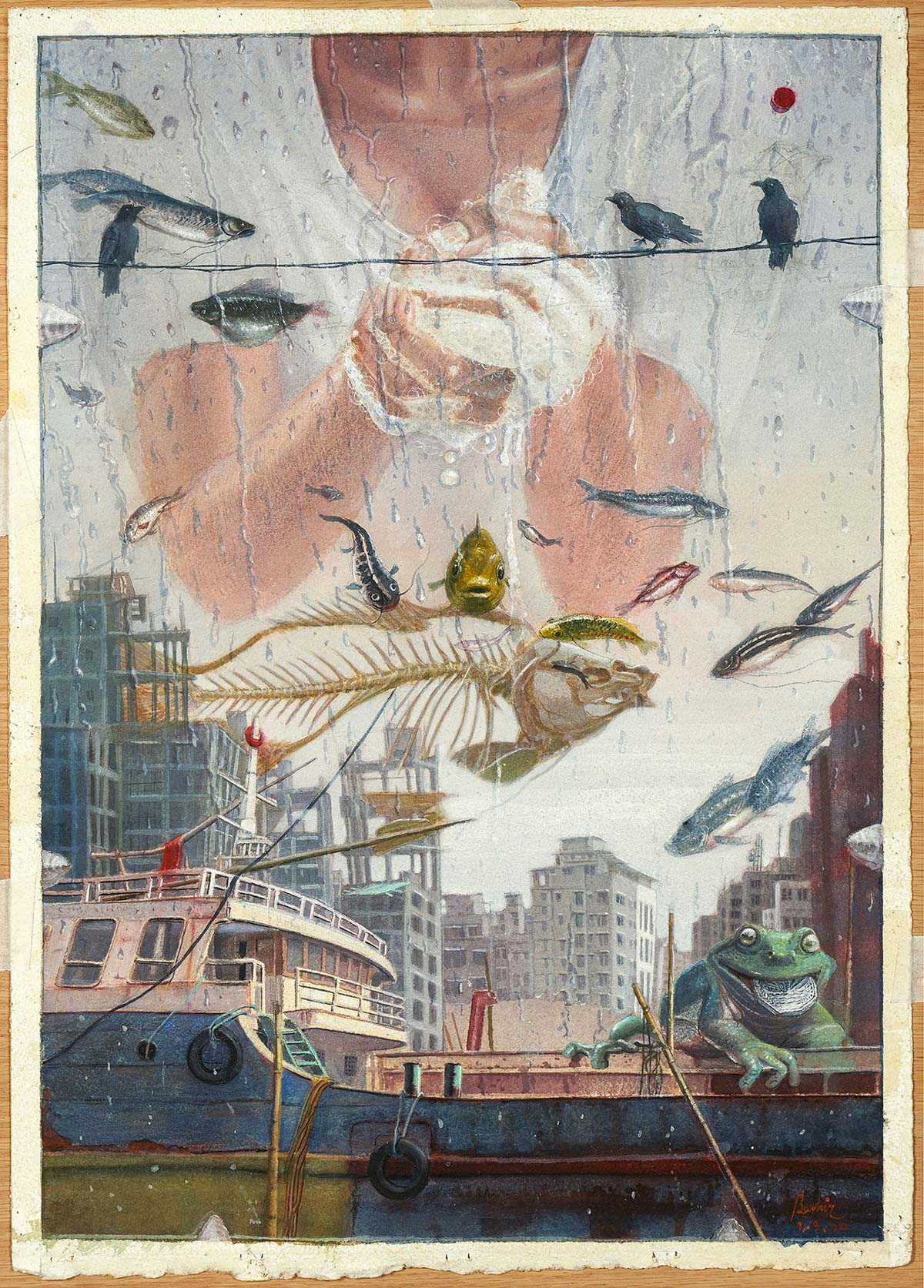
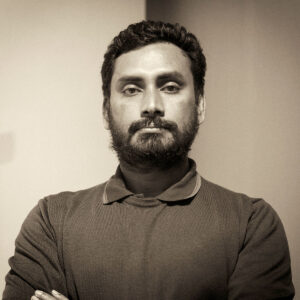
Aminul Islam Ashik
Arninul Islam Ashik completed his BFA and MFA in sculpture from the Faculty of Fine Art, University of Dhaka. His sculptural works intend to show one’s inner and outer change through the face. Even though human power cannot compare to that of nature, humans strive to practice gained power in their never-ending struggle with the universe. The conflicts between regions, families, and individuals, seem to be nothing more than establishing personal existence, and their greed for power. Ashik wants to show one’s power or political struggle in different forms through his perception by creating objects.
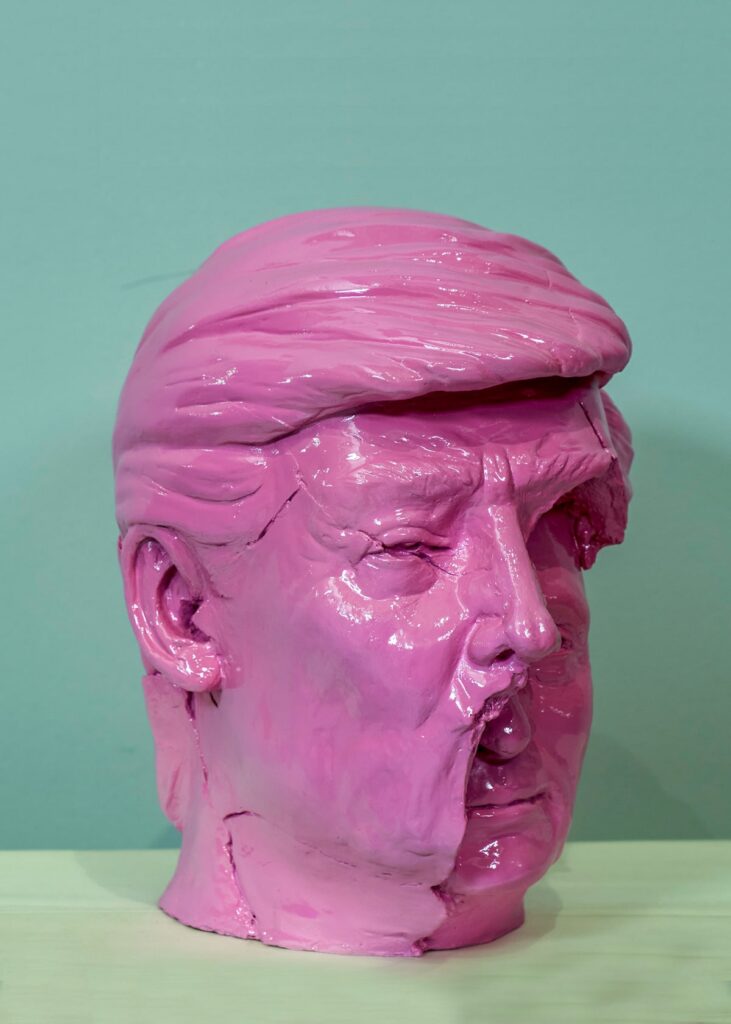
Nature is omnipotent 6, 2020, fibre glass and brass, 33 x 50 x 30 cm 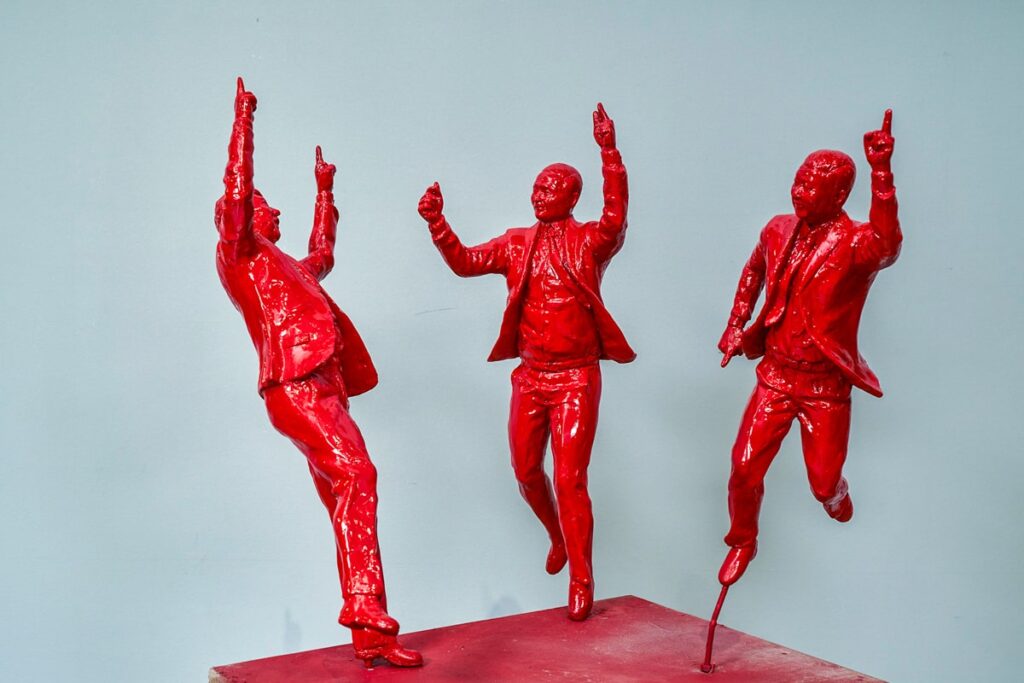
Nature is omnipotent 2, 3, 4, 2020, fibre glass and brass, 46 x 30 x 30 cm, 60 x 30 x 30 cm, 53 x 30 x 30 cm
During the difficult times of COVID-19, Ashik realised that humans share a dichotomous power dynamic with nature, fighting against it while being inseparable from it. Human power and politics are common components of his artwork. He is comfortable working with different materials such as iron, silver, bronze, clay, plaster, and so on for his sculptures. In the three-month residency period, Ashik worked to represent the power of nature. He named his project, ‘Nature is omnipotent’.
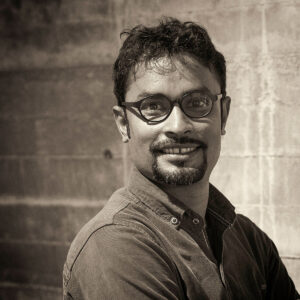
Ashim Halder Sagor
Ashim Halder Sagor is a multidisciplinary visual artist whose expertise is sculpture. He did his BFA and MFA degrees from the Faculty of Fine Art, University of Dhaka. His ceramic works are based on sculptural techniques. He works on contemporary and conceptual methods when creating his ceramic works. Sagor’s art practice speaks against transformation and refuses to engage in a consumerist lifestyle; thereby crossly representing his personal and social experiences.
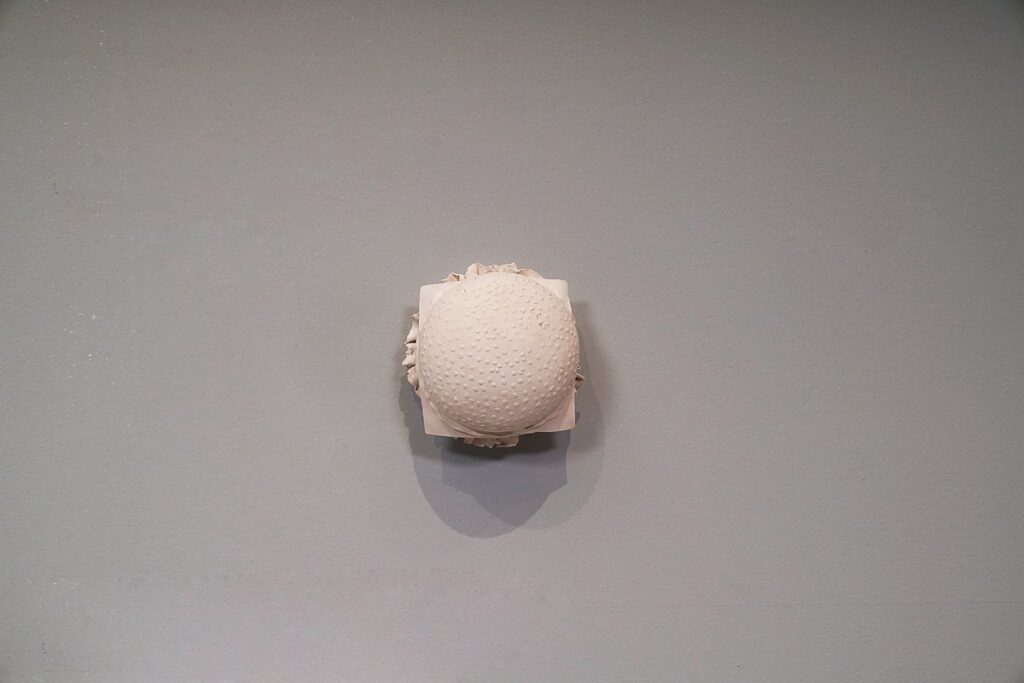
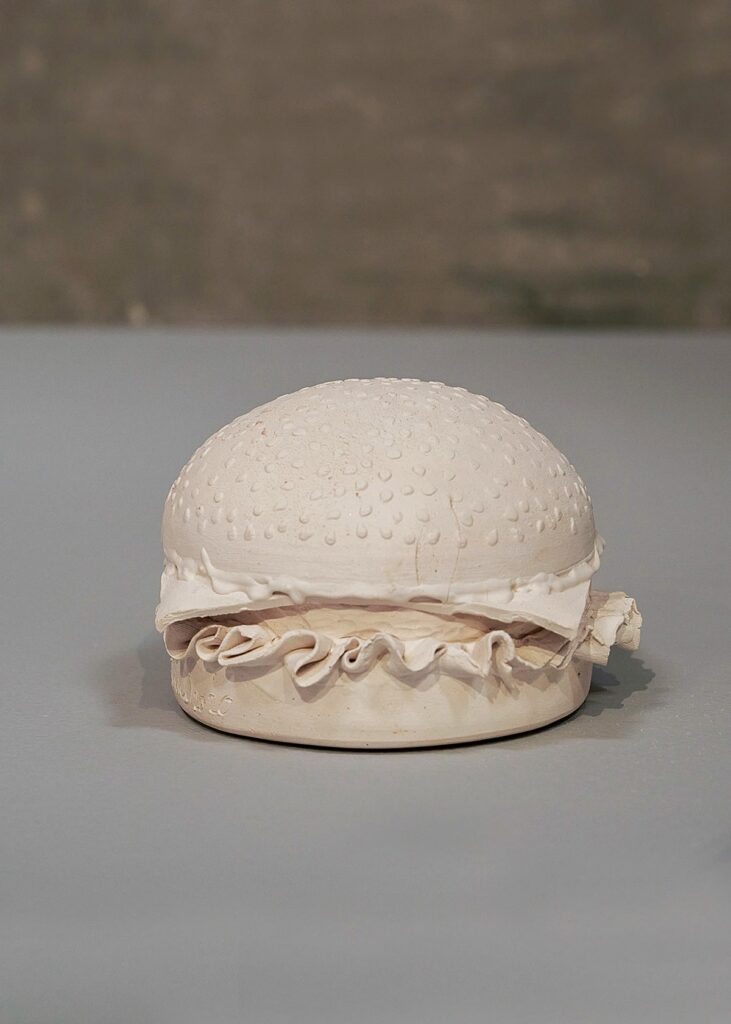
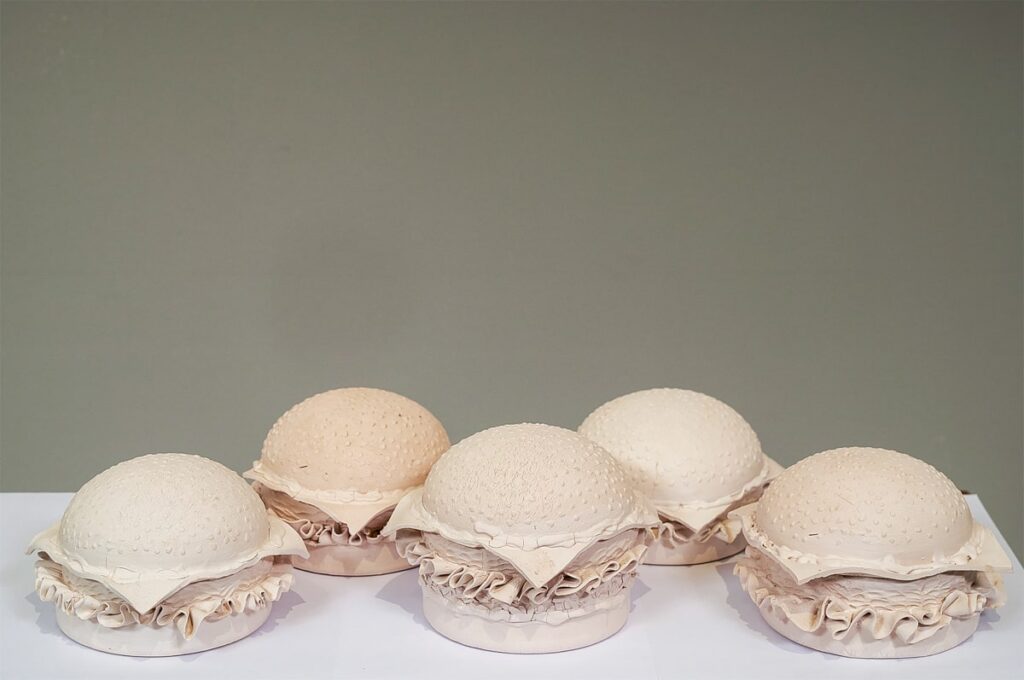
Food-art and fantasies of future meals, 2020, ceramic, 13.97 x 13.9 7x 10.16 cm (sculpture installation)
During the COVID-19 pandemic, the artist understood the unparalleled importance of food in our life. He saw that people faced severe scarcity of food during the early lockdown phase. Certain groups of consumers were hoarding more food than they need, disrupting food supply and increasing the price. The poor especially suffered to put food on their table. On the other hand, the artist also observed that during the lockdown, COVID-19 reunited families on their dinner tables, as more people chose to dine in. In the three-month residency period, Sagor gathered these ideas and started making food items with clay. His concept was based on his understanding, “I know food art wouldn’t provide a balanced nutrition; it was to express the rations of mental pleasure, fantasies of future meals.”

